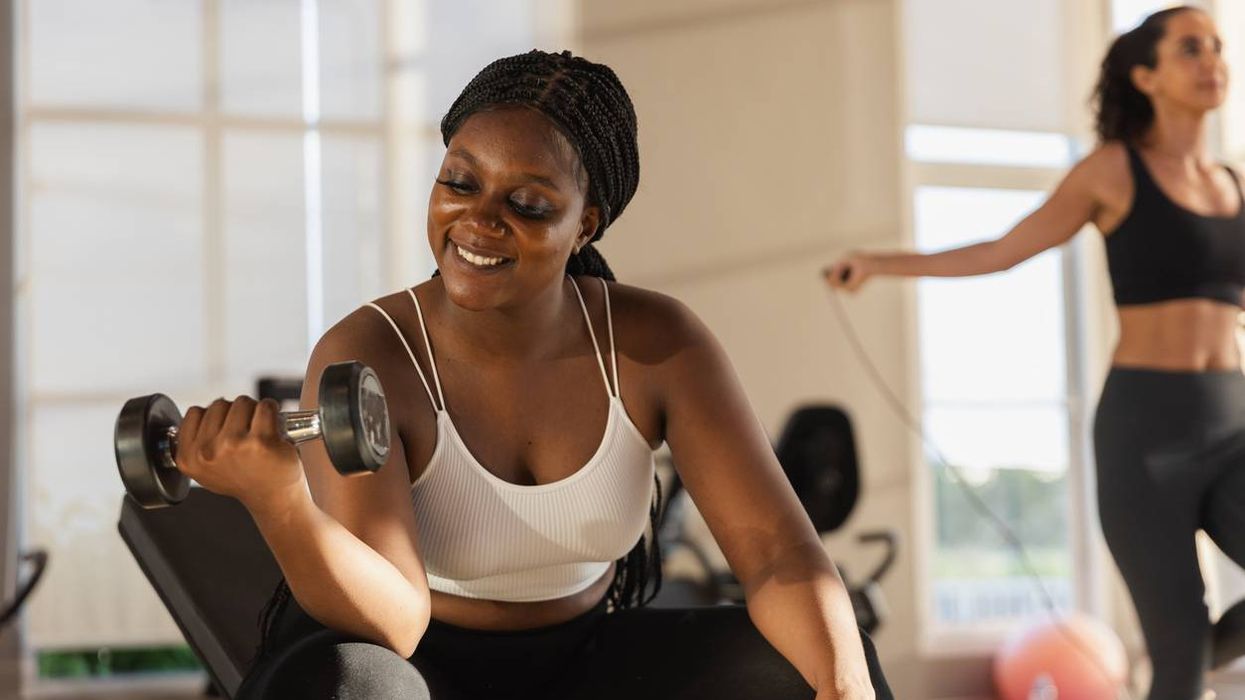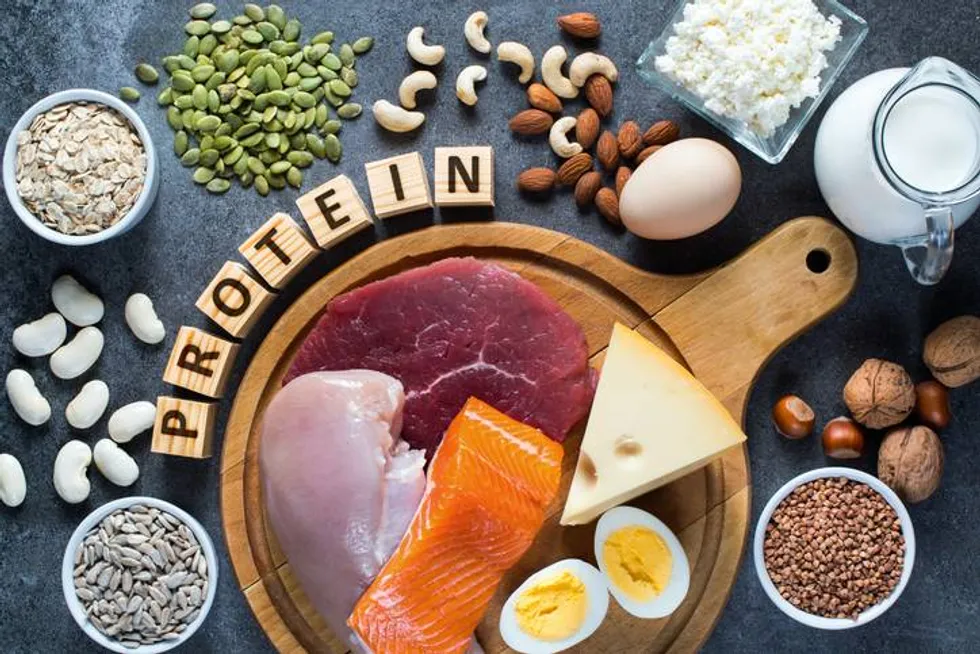5 Ways to Strengthen Your Musculoskeletal System
Introducción al melanoma metastásico
October 16, 2025
Your musculoskeletal system is everything. And we’re not exaggerating.
The musculoskeletal system consists of your bones, tendons, ligaments, muscles, joints, cartilage and other connective tissue.
Basically, it’s the foundation of your body and everything you need to move.
As you can probably imagine, it’s important to take care of your musculoskeletal system so you can do all the things you want to do, like stand upright and chase after an ice cream truck or a Harry Styles look-alike.
This means keeping up with your musculoskeletal strength. Everyone starts to lose bone density in their early 30s. But bone loss in women accelerates during perimenopause and menopause, which means your bones are more likely to fracture and break. And osteoporosis, a disease that weakens the bones, affects mostly women.
In addition to bone loss, age-related muscle loss (sarcopenia) can lead to life-threatening injuries and decrease quality of life.
But it’s not all doom and gloom — we promise. There are things you can do to increase your musculoskeletal strength starting today.
We reached out to Katherine J. Coyner, M.D., orthopedic surgeon at the UConn Musculoskeletal Institute and a team physician for the university, for her tips on how to strengthen your musculoskeletal system.
5 tips for strengthening your musculoskeletal system
1. Prioritize weight-bearing exercise. Weight-bearing exercise is basically any activity where you carry your body weight and work against gravity. For example, hiking, running and walking are all forms of weight-bearing exercise that help strengthen bones.
Non-weight-bearing exercises like swimming and cycling don’t have the same benefit because you’re not supporting your body weight in the water or on a bike.
2. Embrace resistance training. Resistance training is anything that challenges your muscles. This can mean lifting weights or using a machine — but you don’t have to be a gym person to get the benefits of resistance. Your own body can be used to challenge your muscles (think push-ups, pull-ups, squats, etc.) and increase both muscle and bone strength. “Two to three days a week is ideal, and not necessarily focusing on the amount of weight but the quality of the exercise and body weights can be just as effective,” Coyner said.

3. Get enough protein. If it seems like protein is everywhere these days — it is. Literally. Protein is in every cell of your body, including your bones. It’s also important for repairing and maintaining muscle and being able to build strength.
How do you know if you’re getting enough protein? The recommended daily amount is 0.4 grams per pound. So, a person who weighs 140 pounds should consume about 60 grams of protein a day. Foods like lean meats, fish, dairy, legumes and soy are all good sources of protein
4. Check your calcium and vitamin D intake. Calcium and vitamin D are like the Laverne and Shirley of bone health. They work together to prevent bone loss, strengthen bones and support strong muscles.
Women 50 years and younger should get 1,000 milligrams (mg) of calcium a day, and 1,200 mg for women over 50. For vitamin D, the recommended daily intake is 600 international units (IU).
You can get both calcium and vitamin D from salmon, tuna and some fortified products.
Read: 10 Things You Need to Know About Vitamin D >>
5. Make healthy lifestyle choices. Try to ensure that everything you put in your body is good for it. For example, smoking can have a negative effect on your musculoskeletal system by reducing your bone density and decreasing your ability to absorb calcium. And drinking alcohol harms your musculoskeletal system by increasing inflammation, increasing your risk of injury and interfering with your body’s ability to build muscle. “Making better choices on a day-to-day basis [can be] really helpful,” Coyner said.
6. Manage your stress. When you’re stressed, your muscles tense up, which can affect your entire body and lead to painful chronic conditions that affect your musculoskeletal system. To reduce stress, try incorporating regular exercise (at least 30 minutes of walking a day), getting plenty of sleep and practicing breathing exercises to keep calm and carry on strong.
Musculoskeletal health matters
Sitting less and moving more is important to your overall musculoskeletal health. So, if you’re not into running or jogging or other conventional cardio exercises — think outside the box. Coyner suggested that people try different activities, like yoga, Pilates or Zumba, to find what they like.
At the end of the day, you have to make yourself — and your musculoskeletal system — a priority. Coyner said to think of it like a retirement savings plan. “So that when you’re older you have appropriate strengths and hopefully don’t suffer a devastating fracture.”
It’s just like the old saying goes: Happy musculoskeletal system, happy life.

